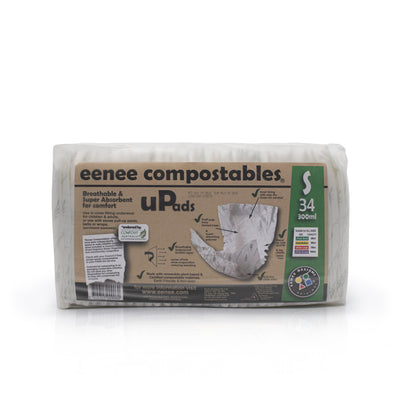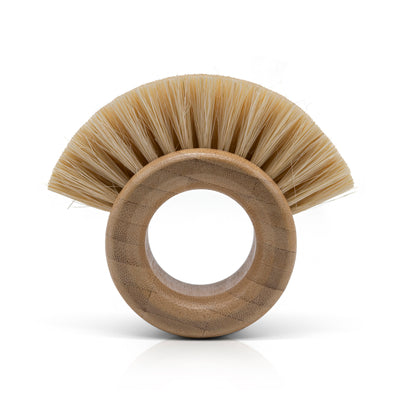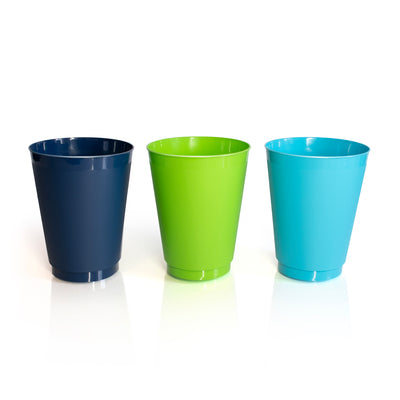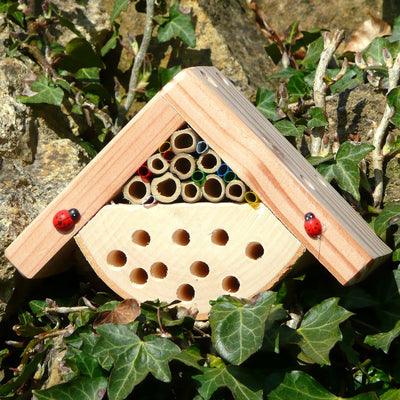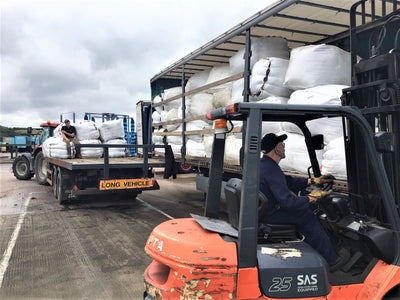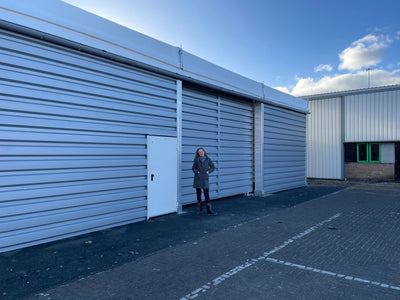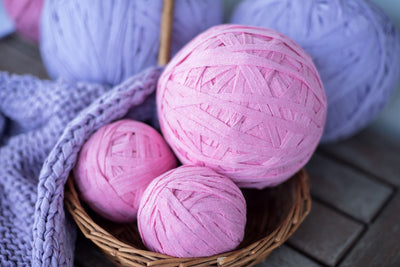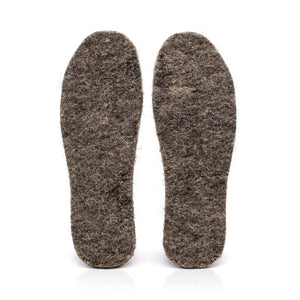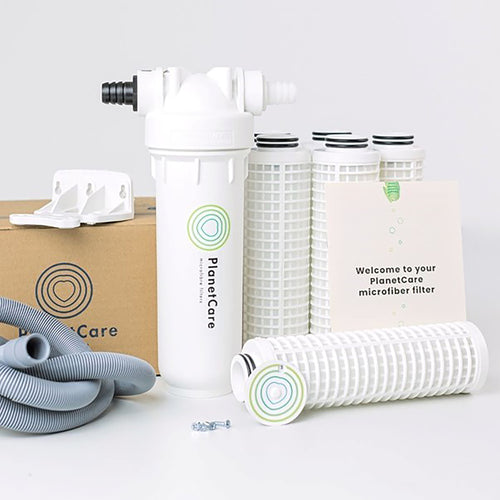I’ve been wanting to add seaweed fertiliser to our range for a long long time. Seaweed is brilliant. It’s highly nutritious, it extracts CO₂ from the sea, it grows quickly, and rapidly replenishes itself.
For centuries, locals from the Outer Hebrides have been harvesting seaweed from the shoreline to enrich their soil. It's not an over-processed concoction; it's straight from the sea, made primarily from Ascophyllum nodosum, a type of bladderwrack seaweed that's as tough as old boots and packed with goodness. This is turned into a concentrated liquid that's organic, chemical-free, and verified for use in proper eco-farming standards. It's like bottling the essence of the ocean – minerals, vitamins, amino acids, growth hormones, and those handy alginates that help plants soak up nutrients. No synthetic nasties here; just pure, organic magic that's been sustaining crofts and gardens since way back when.

How is liquid seaweed fertilizer made?
The seaweed is gathered sustainably from the intertidal zones around islands like Lewis and Harris. Harvesters wait for the tides to do the work, collecting what's naturally washed up or carefully cut to allow regrowth. Then comes the clever bit: a gentle extraction process, often using cold methods or a mix of heat and fermentation to preserve all those delicate compounds. Imagine simmering a big pot of seaside stew, but without boiling away the vitamins – that's the idea. It's fermented naturally, turning the seaweed into a dark, potent elixir that's ready to pour.
Isn’t liquid seaweed fertiliser salty?
It’s got a slight salinity to it, and if you can get hold of the actual seaweed, heap this around your plants to keep slugs and snails off. However, once the good stuff is extracted, it’s not particularly salty and certainly not at any levels that will be detrimental to your plants. Read more about it on the RHS site here.
What are the benefits of liquid seaweed fertiliser?
There are a multitude of benefits. It is like a superfood for plants. Studies on Ascophyllum nodosum show it boosts root development, making plants sturdier and more resilient. Your tomatoes might plump up juicier, your strawberries sweeter, and your apples less prone to that pesky softening or rotting. It’s also brilliant for flowers. Gardens treated with this liquid gold produce more abundant blooms. It's brilliant for crops too: higher yields in potatoes, peppers, sweet corn – even helps with frost tolerance, which is a godsend in our blustery British climes. It has even been found to aid germination rates in seeds. For houseplants or outdoor pots, it's a gentle tonic that wards off stress from drought or poor soil.
Finally, it’s also very effective on turf and lawns. Greens keepers and landscape gardeners swear by it for creating lush, wear-resistant grass. It improves soil structure, helping it hold onto water and nutrients better, which means less watering and fewer chemicals leaching into the ground. It's not just about bigger and better; it's about healthier all round, with plants that resist pests and diseases naturally. No need for harsh sprays that harm the wee beasties in your garden ecosystem.
Sustainability credentials of liquid seaweed fertiliser
Seaweed is a highly sustainable medium. Seaweed harvesting is low-impact – it regenerates quickly, and responsible companies ensure they don't overdo it, preserving marine habitats for seals, otters, and all sorts. By using this instead of synthetic fertilisers, you're cutting down on fossil fuel-derived chemicals that pollute rivers and contribute to those nasty algal blooms. It's carbon-sequestering too; seaweed locks away CO₂ as it grows, and applying it helps build healthier soils that store more carbon. Plus, it reduces the need for peat-based products, which is a win for our precious peatlands.
What's wrong with synthetic fertilisers?
Synthetic fertilisers, while boosting crop yields, wreak havoc on ecosystems and soil health. Their heavy nitrogen and phosphorus content often leaches into waterways, causing eutrophication—algal blooms that choke aquatic life by depleting oxygen. In the UK, according to the Environment Agency, this contributes to polluted rivers, with 85% of water bodies failing ecological standards. These fertilisers disrupt soil microbial communities, reducing fertility over time and creating dependency on chemical inputs. Greenhouse gas emissions from their production—think nitrous oxide, 300 times more potent than CO2—are another sting, accounting for 2% of global emissions (IPCC, 2019). Runoff also harms biodiversity, with studies showing declines in pollinators and amphibians near intensive farms. Human health is affected too; nitrate contamination in drinking water is linked to cancers and birth defects. Plus, the energy-intensive Haber-Bosch process for nitrogen fertilisers guzzles fossil fuels, undermining sustainability. Unlike Hebridean seaweed fertilisers, synthetics don’t enrich soil structure or support carbon sequestration, making them a short-term gain for a long-term pain.

How is the seaweed fertiliser applied?
We sell it in 5 litre containers. It dilutes one part to 30 so that should be enough for 150 litres. Apply it periodically throughout the growing season. You can add it to our coir cocopeat growing medium to increase its nutrition value. You can even pour it into our olla irrigation pots, to deliver the nutrition directly to where the plants need it.







